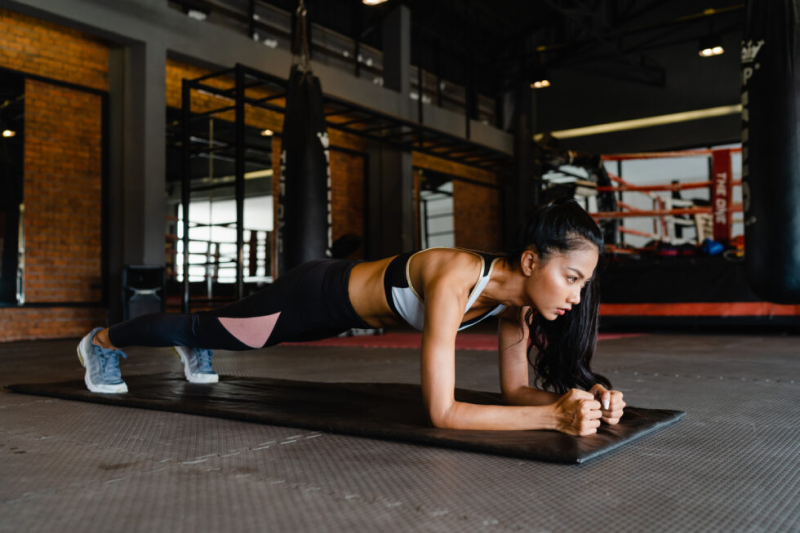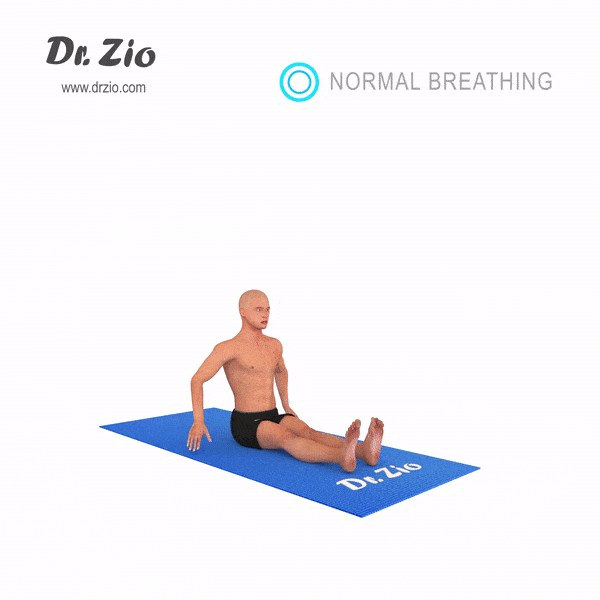
3 Secret Tips To Increase Height Quickly
Our height can influence our professional and personal life to a great extent. That’s why a majority of men and women are always looking to get taller.
There are vital perks both in terms of health and lifestyle if you are a few extra inches taller.
Method One: Yoga
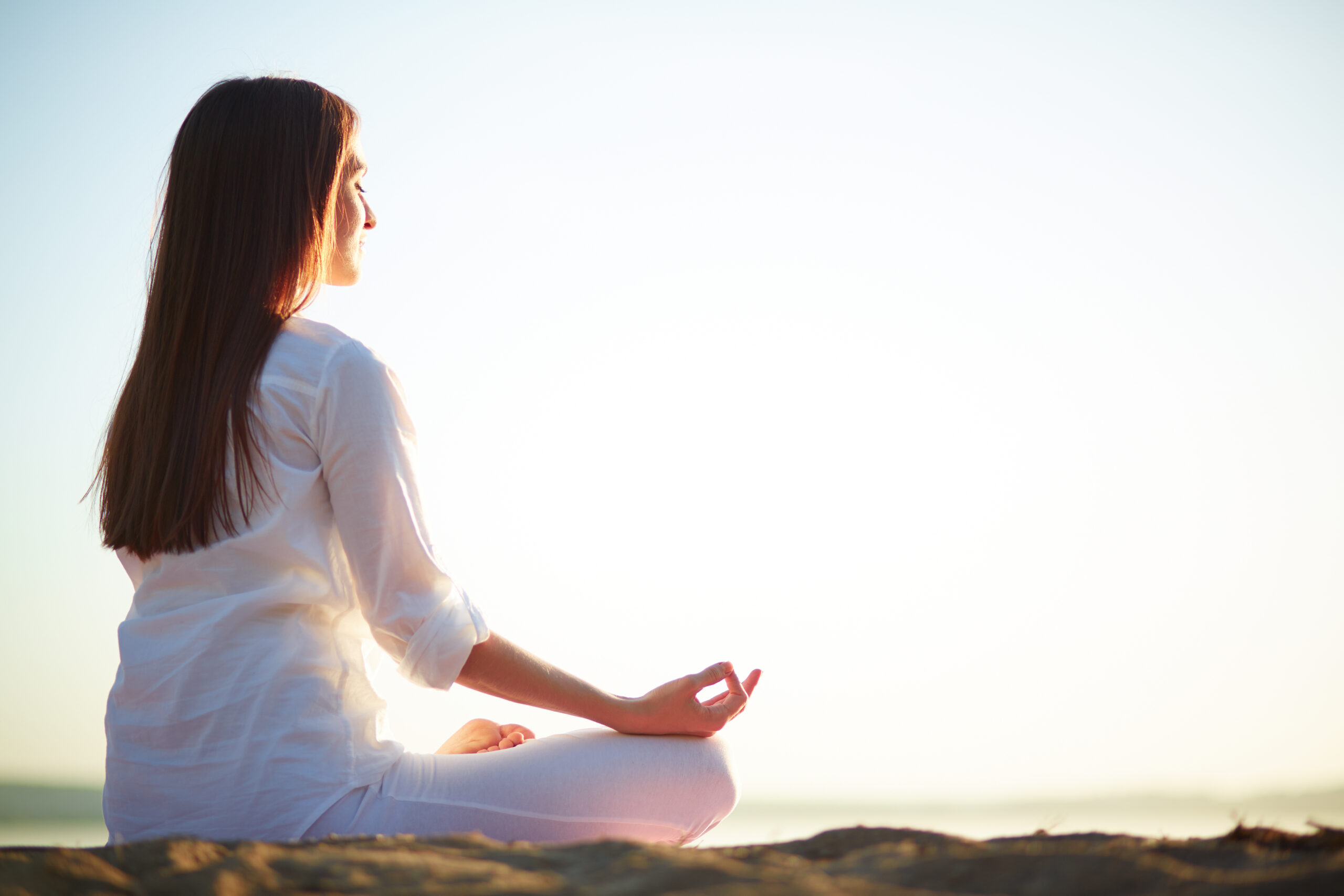
There are some effective ways of increasing your height. In this article, we’ll mention a few of the best ways you can grow taller.
The best yoga exercises to increase height
I have found that yoga effectively addresses your height issues. A good posture is key to better height. It is crucial to maintain rhythmic and deep breathing when performing yoga(follow the recommendations in the video). The main goal is to build a relaxed and conscious body to eliminate every obstacle in your path to becoming taller. https://www.quora.com/Can-yoga-poses-increase-height
1. Surya Namaskar Pose

There are 12 amazing Yoga poses[asanas] that help you grow taller naturally. The video is an illustration to help you do asanas more accurately. I will be focusing more on some of the complex yet powerful asanas from Surya Namaskar that will help you to achieve your desired increase height faster.
2. Sukhasana Pose
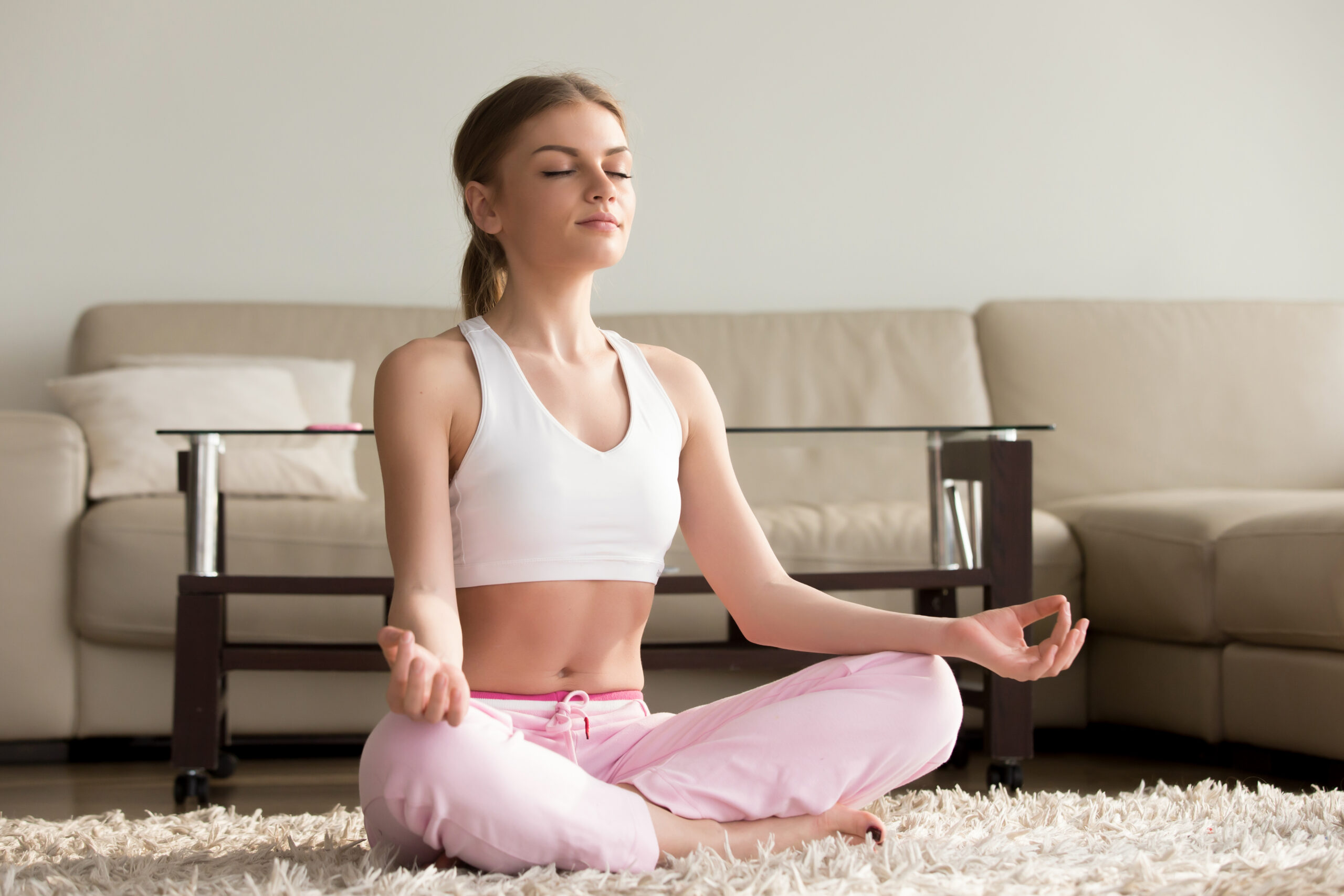
The sukhasana has the potential to draw you into a deep meditative state. It extends your spine which gradually helps your height.
3. Tadasana Pose

4. Puppy Pose

5. Utthita trikonasana Pose
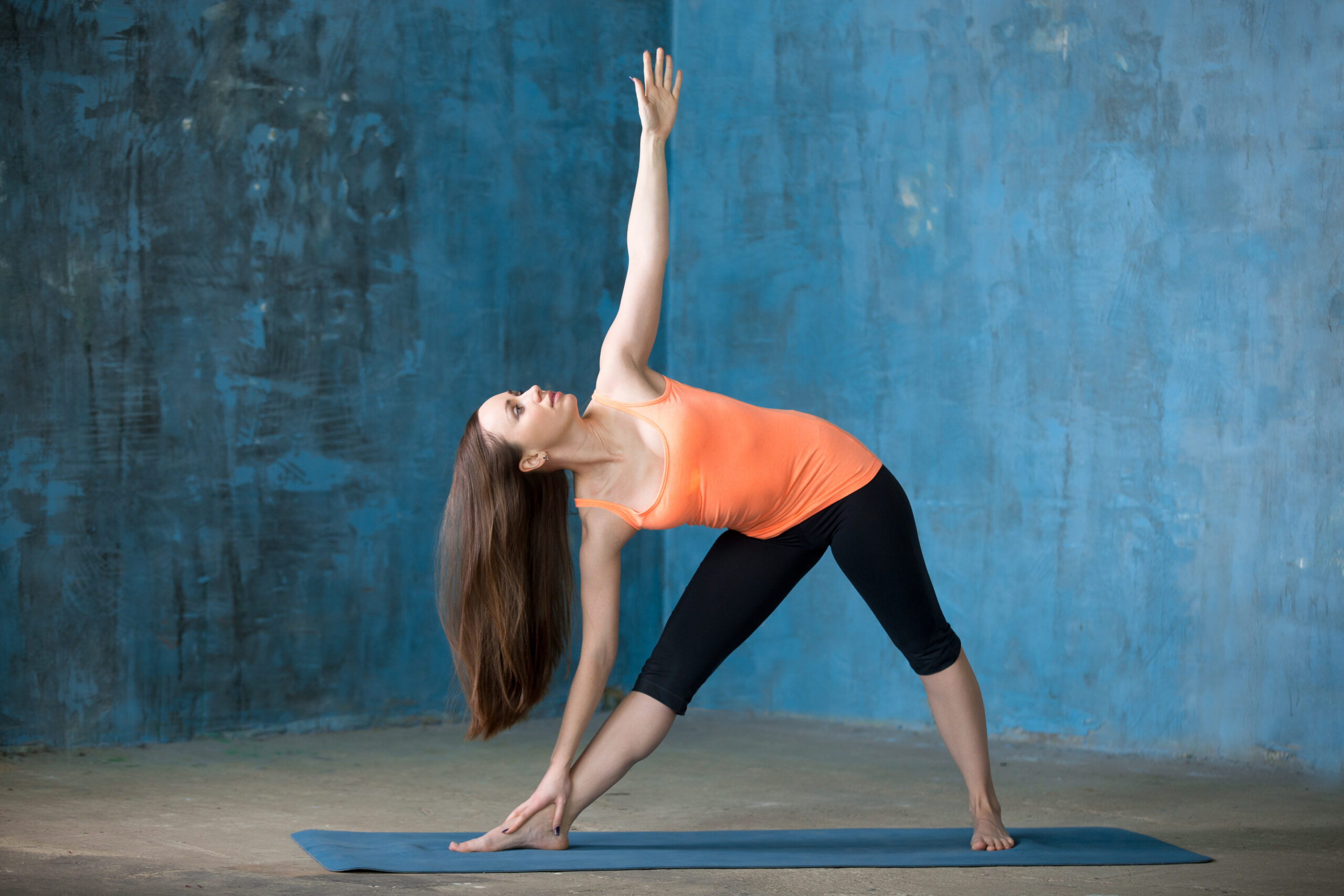
The pose of the triangle; It helps in improving body balance and allows you to have good posture. This asana is especially useful for relieving stress.
6. Adho Mukha Svanasana Pose
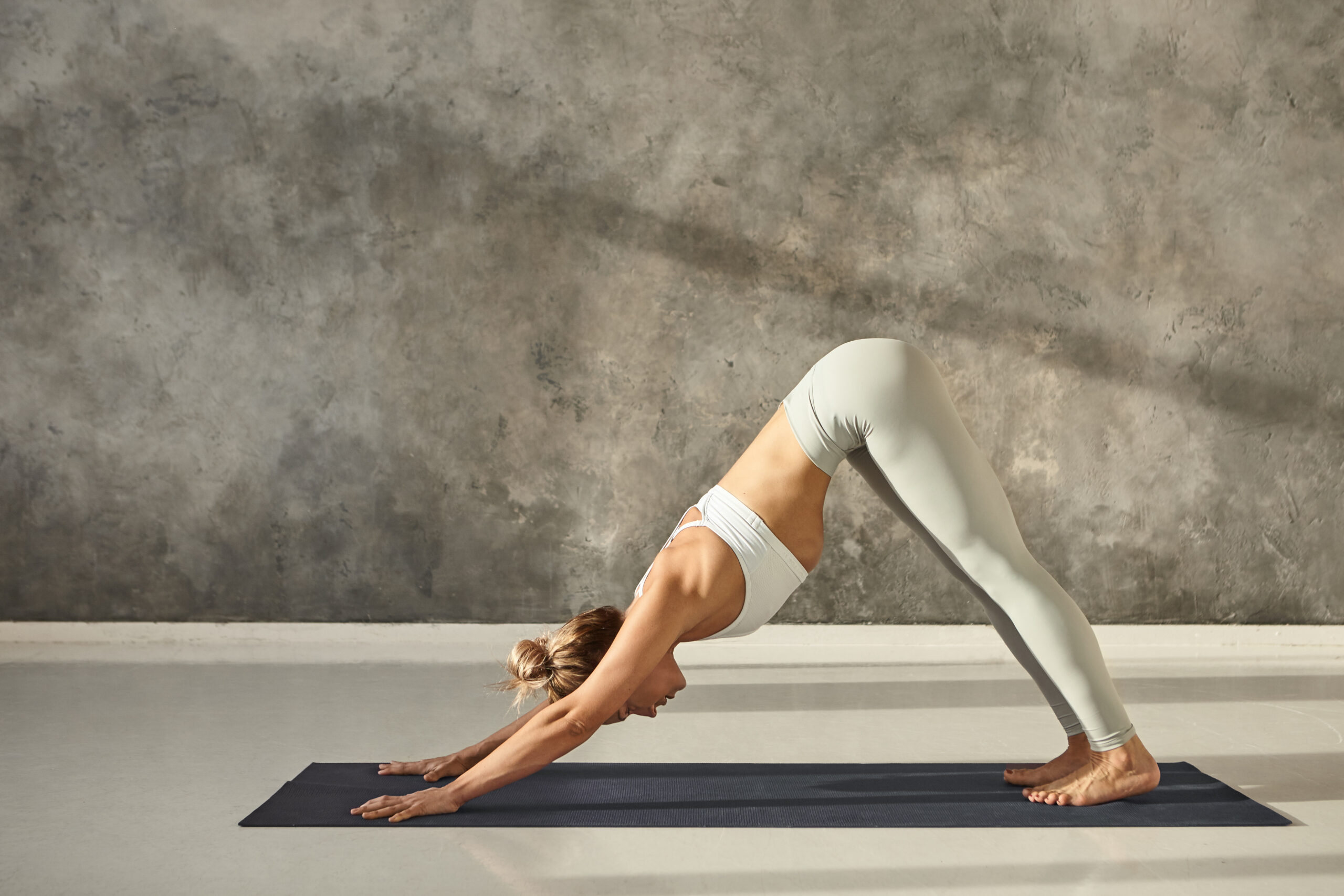
Dog pose face down; one of the most acknowledged poses that contributes to a better height. It increases blood flow to the face and neck, thereby keeping your skin radiant. It also reduces stress and enhances mental health.
7. Prasarita padottanasana Pose

For more info, visit https://food.ndtv.com/health/yoga-for-beginners-10-basic-poses-to-get-you-started-1229662
8. Akarna Dhanurasana pose

In Sanskrit, “a” means ” in the direction”, “next.” Karna is the “ear”, Dhana – is “the bow”.
The asana resembles an Archer pulling a bow. It is performed in two steps. Minor deformations of the hip joints are corrected. The asana increases the flexibility of the legs and abdominal muscles, increasing intestinal motility.
9. Anantasana pose

10. Ardha Matsyendrasana I pose

11. Ardha Matsyendrasana II pose

In this asana, the abdomen contracts, and stretches simultaneously. Thanks to lateral twisting of the spine, lumbago, as well as pain in the back and hip joints, quickly disappears. The neck muscles are strengthened, and the shoulder joints become more mobile. Regular practice of this asana prevents the enlargement of the prostate and bladder.
12. Cow Pose
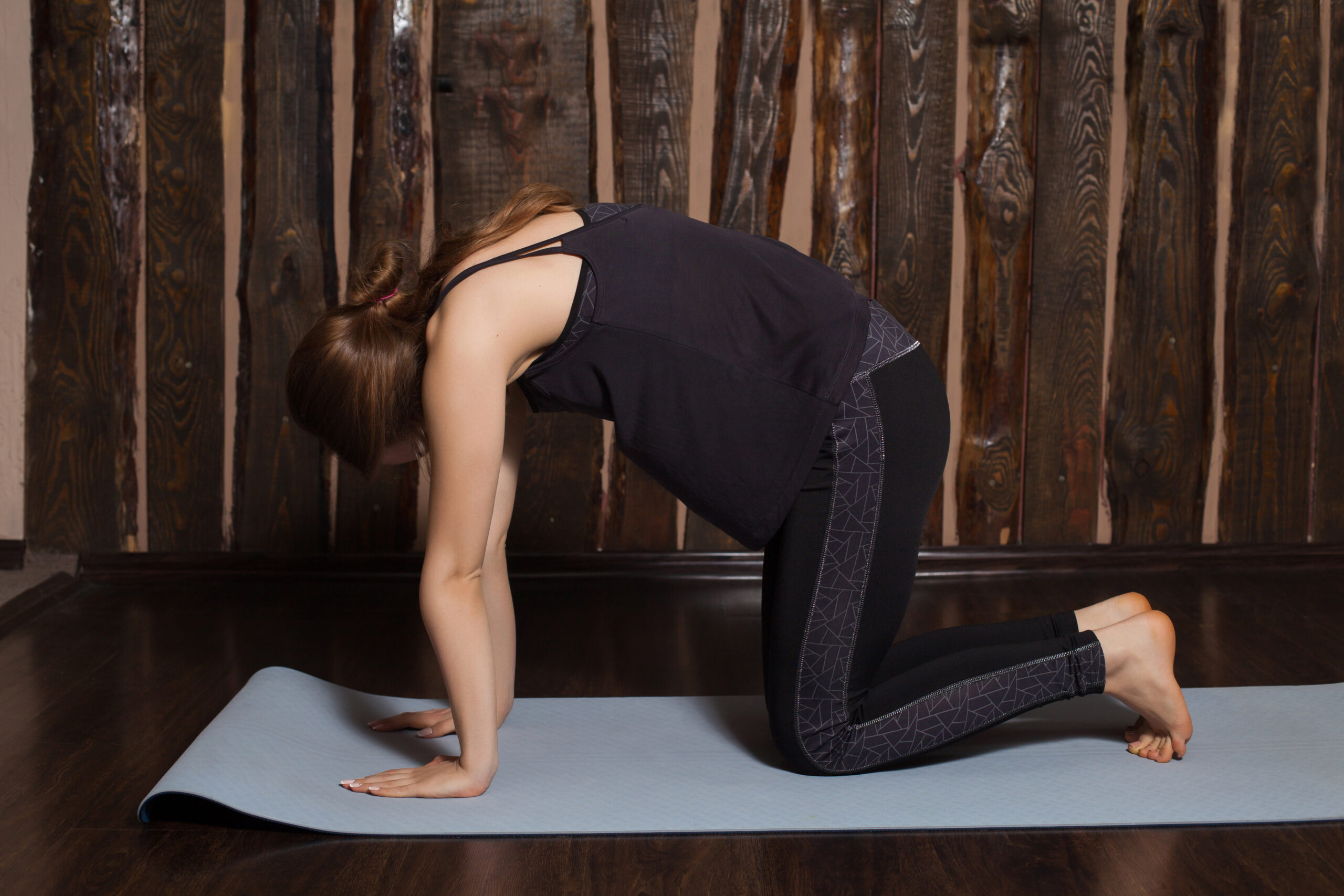
13. Tree Pose

This pose is done by doing a namaste with arms above your head. After this, you have to raise a leg and bring it up to the knee of the other one and rest it there.
Method Two: Food

1. Chicken

Another element, taurine found in chicken that can help you with your height.
2. Almonds

3. Yogurt

4. Eggs
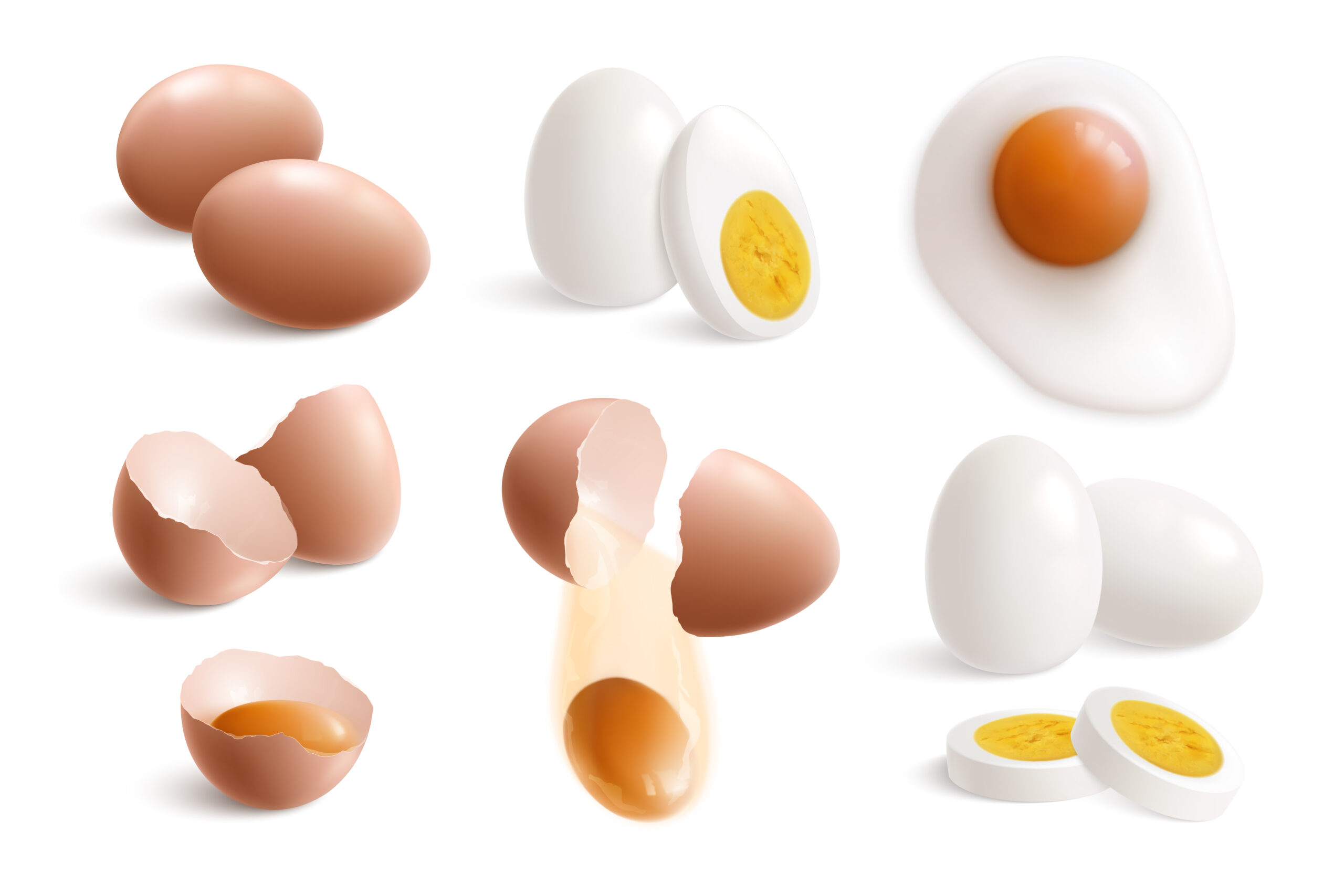
Method Three: Exercise

1. Hanging
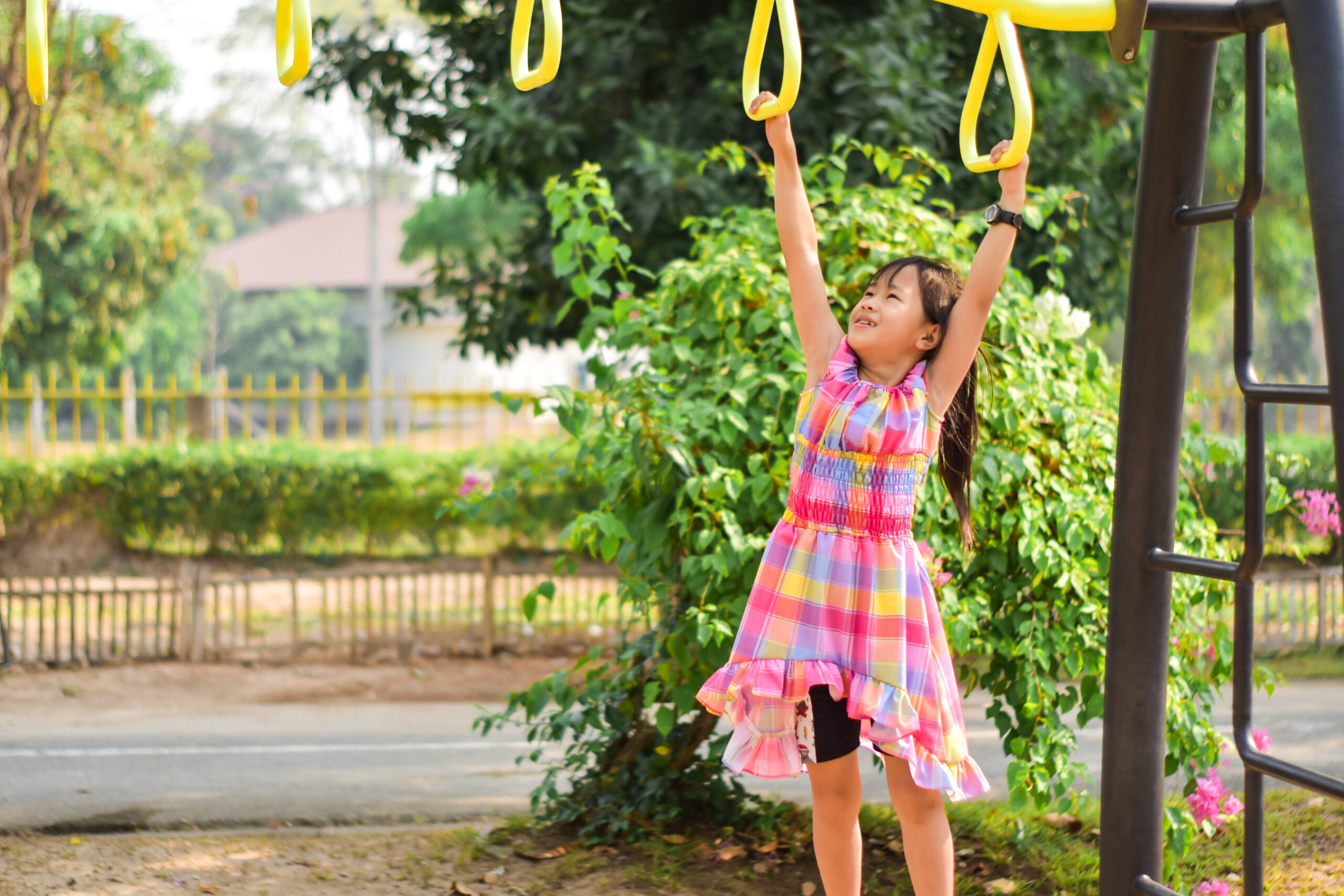
2. Jogging
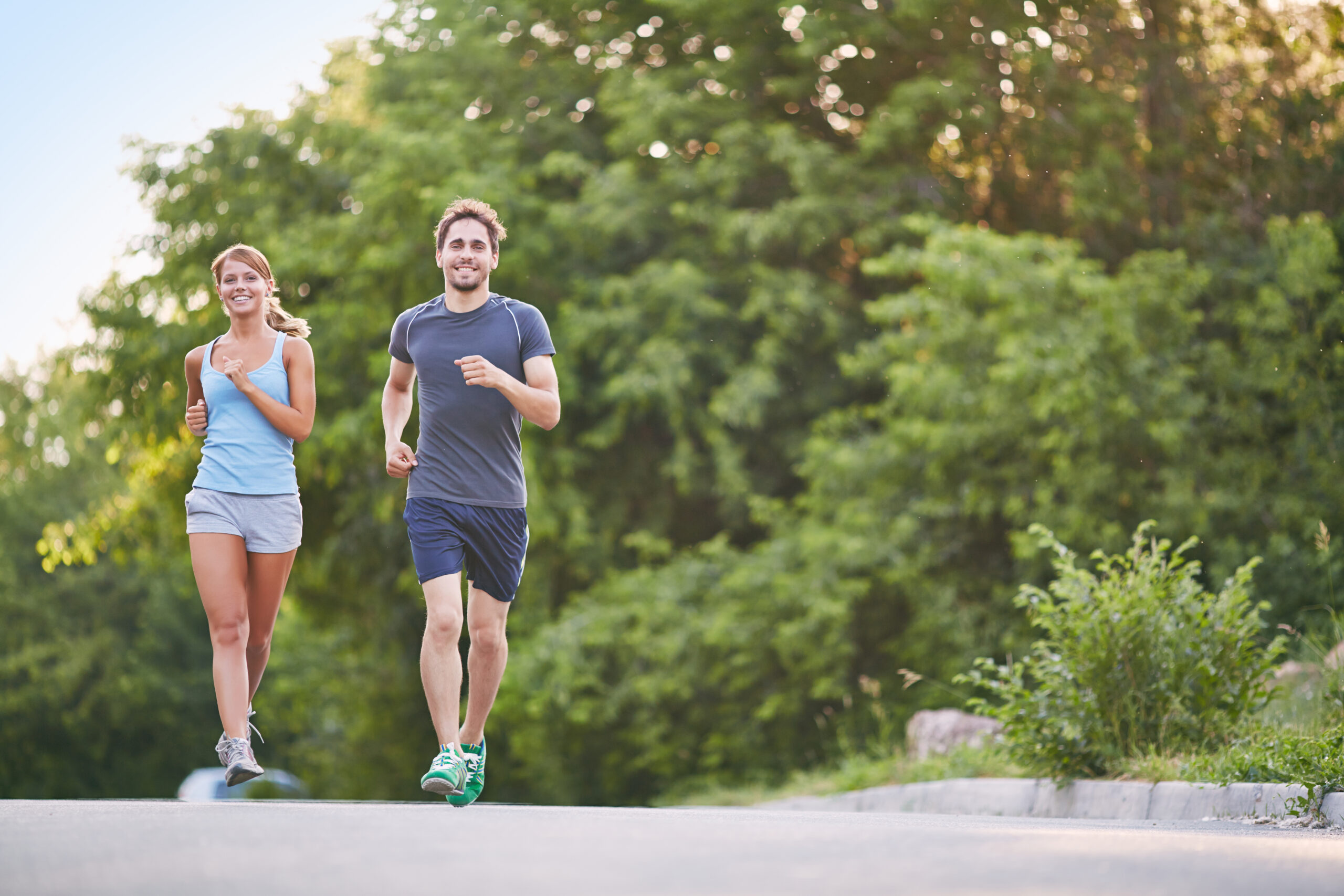
3. Skipping
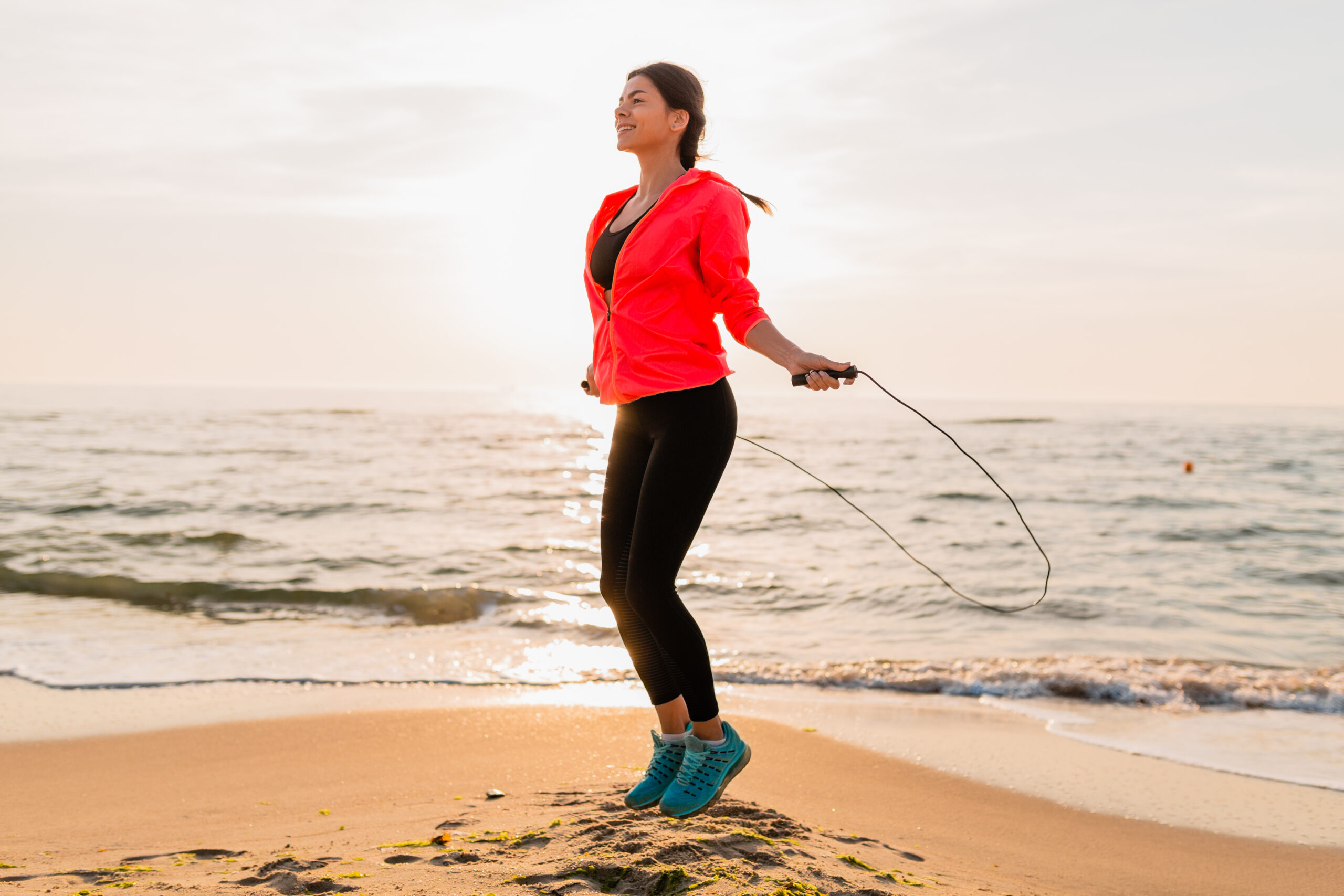
I had various medical procedures despite everything working through malignant growth. I have no inclination at all under my left armpit down to my elbow, and I’ve grappled with the way that my training won’t appear as though everybody else’s, and I’m not going to have the option to handstand without help. Furthermore, that is alright, in light of the fact that help is the thing that gets everyone through; we as whole need assistance. It’s my yoga practice and my locale at Laughing Lotus Yoga Center in New York City that helped me locate the genuine significance of family and backing, and that it is so imperative to give up and simply relax. I simply keep appearing, and I continue appealing to God for myself, for my companions who I’ve lost to bosom disease, and for all who battle with this horrible and brutal condition

